1) The ‘Real’ is directly realised as the ‘Empty Mind Ground’ (noumenon).
2) The ‘strength’ and ‘purity’ of such insight ‘wipes-out’ all transient phenomena.
3) The realisation of an all-embracing wisdom equals the perfect ‘integration’ of ‘form’ (phenomena) with ‘void’ (noumena).
4) Within this enlightened reality is the inherent element of infinite compassion for the liberation of all beings.
5) This infinite compassion is permeated with universal kindness for all beings.
(Much of this Ch’an approach is maintained in the Brahmajala Sutra – the Sutra of the Bodhisattva Rules).
1) Do no evil in word, deed or thought.
2) Do only good in word, deed and thought.
3) Continuously benefit all sentient beings in word, deed and thought.
(Distillation of the Bodhisattva Vows).
1) Not to take life.
2) Not to steal.
3) Not to commit adultery.
4) Not to lie.
5) Not to take intoxicating liquor.
6) Not to take food out of regulated hours.
7) Not to use garlands or perfumes.
8) Not to sleep on high or broad beds.
9) Not to witness or participate in sing or dancing.
10) To refrain from handling minted (or non-minted) gold.
(This is a condensation of the Vinaya Rules)
English Language Reference:
Charles Luk: Empty Cloud, The Autobiography of the Chinese Zen Master Xu Yun, Edited by Richard Hunn, Element, (1988), Pages 198-201
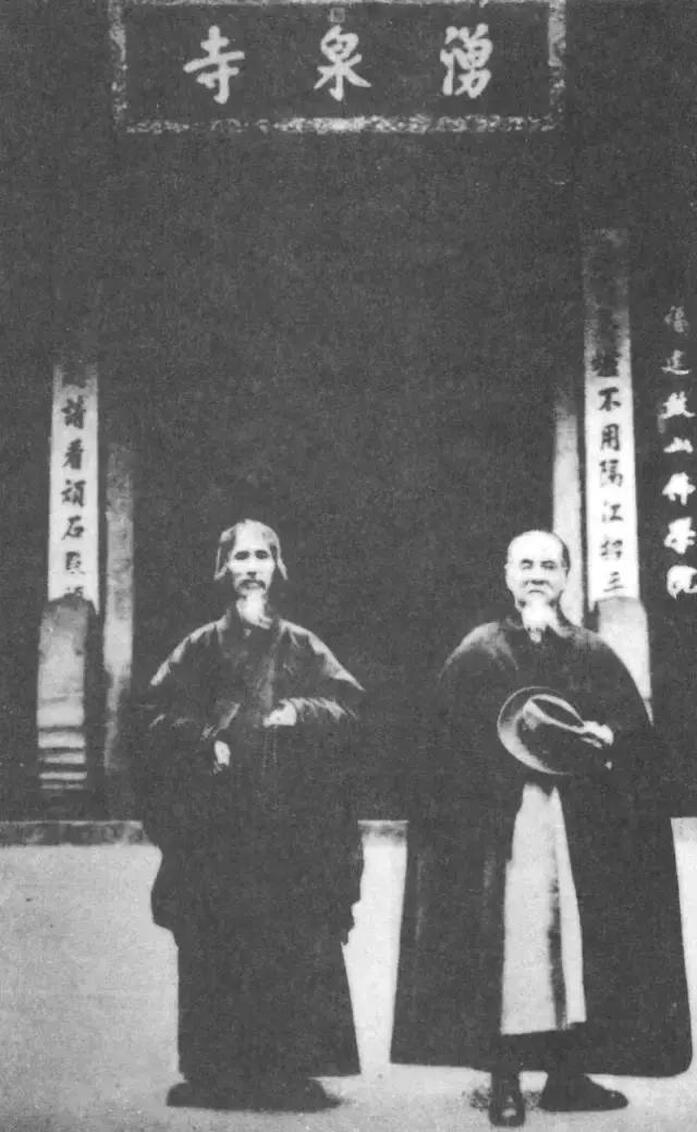
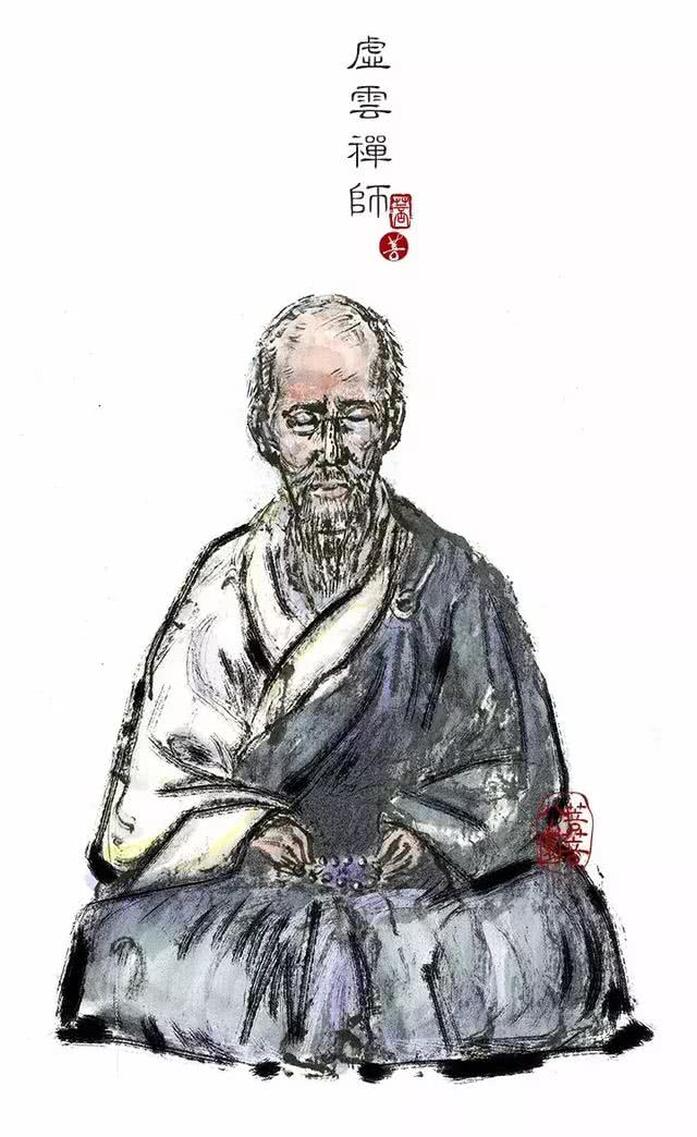
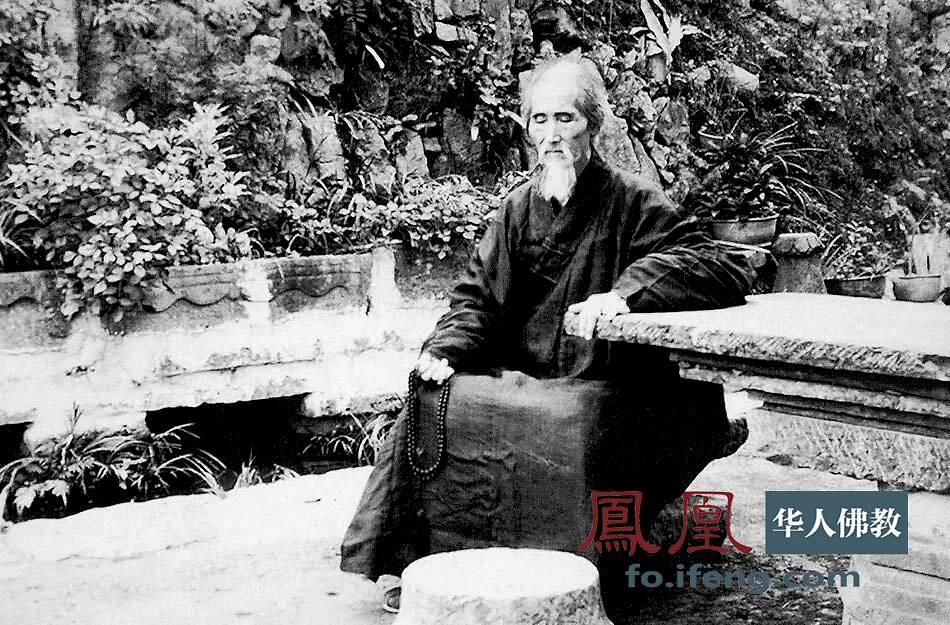
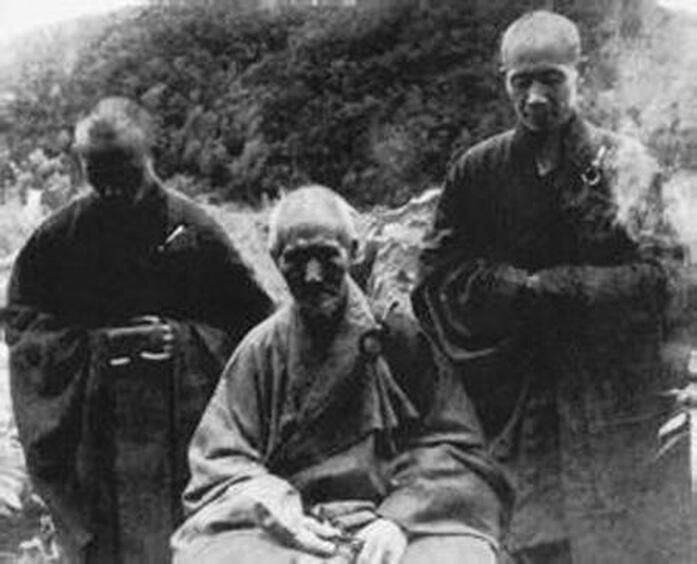
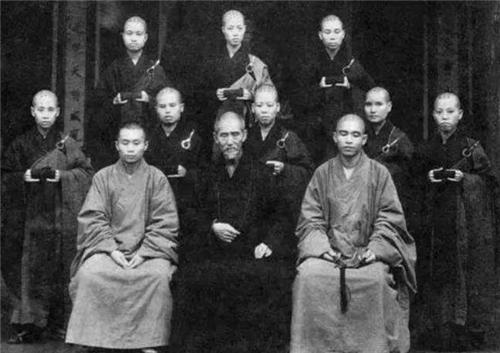
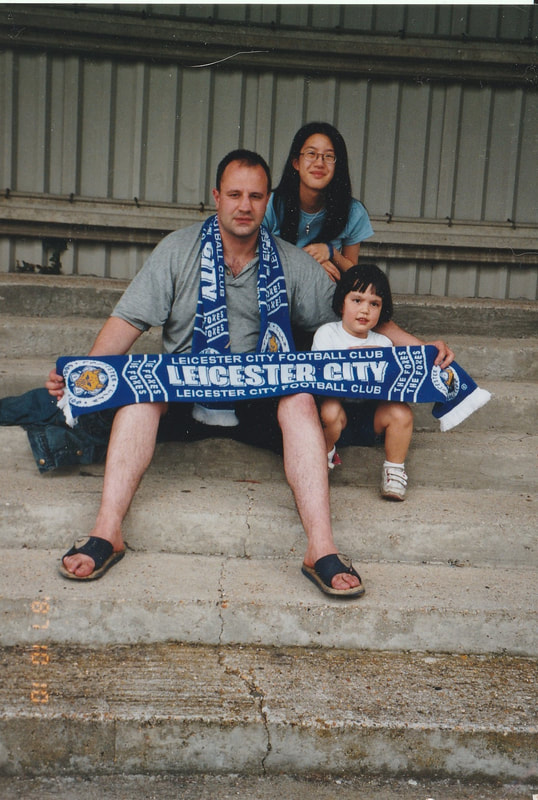
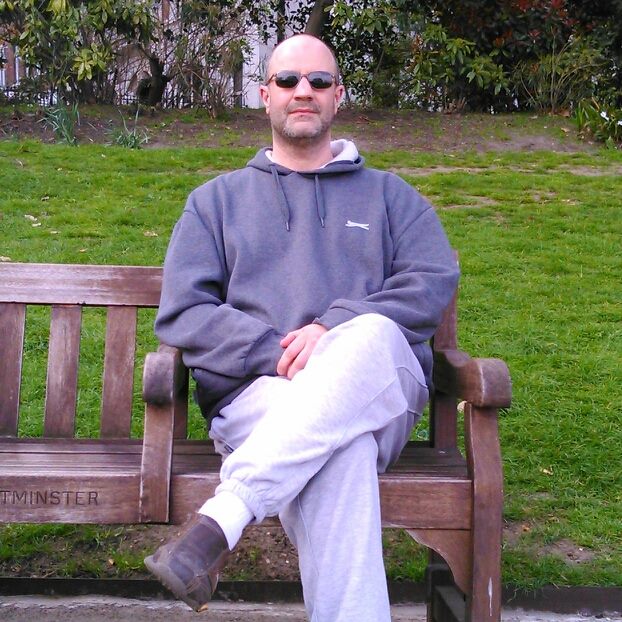
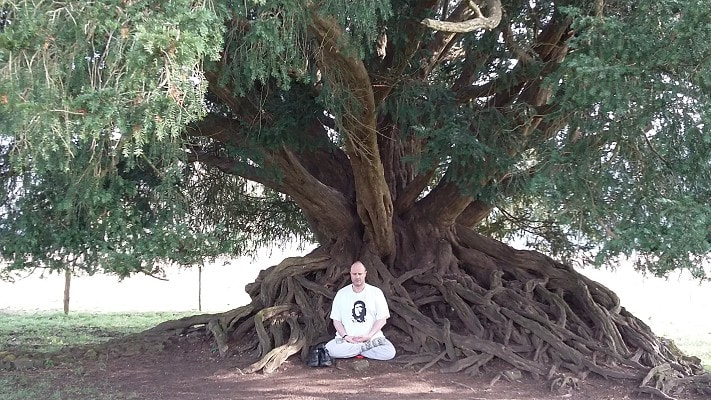
 RSS Feed
RSS Feed